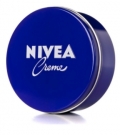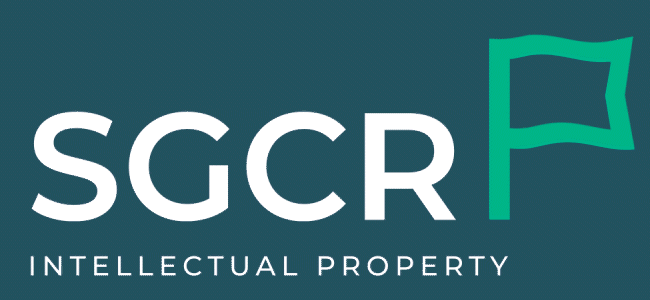
In a dispute between BEIERSDORF AG and the applicant of the Portuguese mark NÏNAE, the Lisbon Court of Appeal decided that the mark in question is not confusingly similar with the well-known skin care cream mark NIVEA (Case 170/21.4YHLSB of 24 February 2022).
Said decision also includes some important considerations regarding well-known and reputed marks.
The facts
The Portuguese mark application for  was opposed by BEIERSDORF AG on the grounds of its earlier marks NIVEA:
was opposed by BEIERSDORF AG on the grounds of its earlier marks NIVEA:
 The mark NÏNAE is intended for goods and services in Classes 3, 5, 8, 18, 21 and 35.
The mark NÏNAE is intended for goods and services in Classes 3, 5, 8, 18, 21 and 35.
The administrative opposition was dismissed by the Portuguese INPI, and the registration was granted. The opponent appealed, claiming, in sum, the similarity between the signs and the reputation of its NIVEA marks. The Intellectual Property Court upheld the INPI’s decision but did not rule on the evidence submitted in relation to the reputation of the NIVEA marks, which led BEIERSDORF AG to lodge an appeal with the Lisbon Court of Appeal.
Lisbon Court of Appeal’s decision
In this appeal the Appellant essentially claimed that contrary to what was held, there was a high degree of similarity between the marks and that the evidence relating to the reputation of the NIVEA mark submitted in first instance was not even considered.
The judgment of the Lisbon Court of Appeal, in summary, clarified that the classification of a mark as well-known appeals to a quantitative assessment criterion, while the classification of a mark as a mark of reputation appeals preferentially to a qualitative assessment criterion. In the case of a mark with a reputation, the proprietor must also prove the existence of a serious risk of dilution, tarnishment or parasitism in order the registration of the subsequent mark may be refused. On the other hand, both renown and reputation must be taken into account when assessing the degree of similarity and possible confusion or association between the conflicting trademarks.
Thus, in the present case, the marks NIVEA were considered to be well-known and to enjoy reputation in the light of the evidence submitted.
However, the Court held that there was no graphic and phonetic confusion between the signs at issue, the well-known mark NIVEA, on one side, and the mark NÏNAE, on the other side, and therefore no liability of error or confusion for the average consumer:
“Notwithstanding (…) the qualification of the Appellant’s marks as well-known and reputed, upon examination of the opposing marks as a whole, it appears that there is neither similarity between the NIVEA signs nor, as previously analysed, even if only to a minimal degree, namely in visual and phonetic terms, nor is the co-existence on the market of goods and services bearing the Appellant’s trade mark likely to enable the adverse party to obtain an unlawful and parasitic advantage which depends on the reputation or distinctiveness of the Appellant’s trade marks, or likely to dilute the distinctive character of the trade mark NIVEA, which has a reputation on the market for so many years.”
For more information or any question: sgcr@sgcr.pt.




